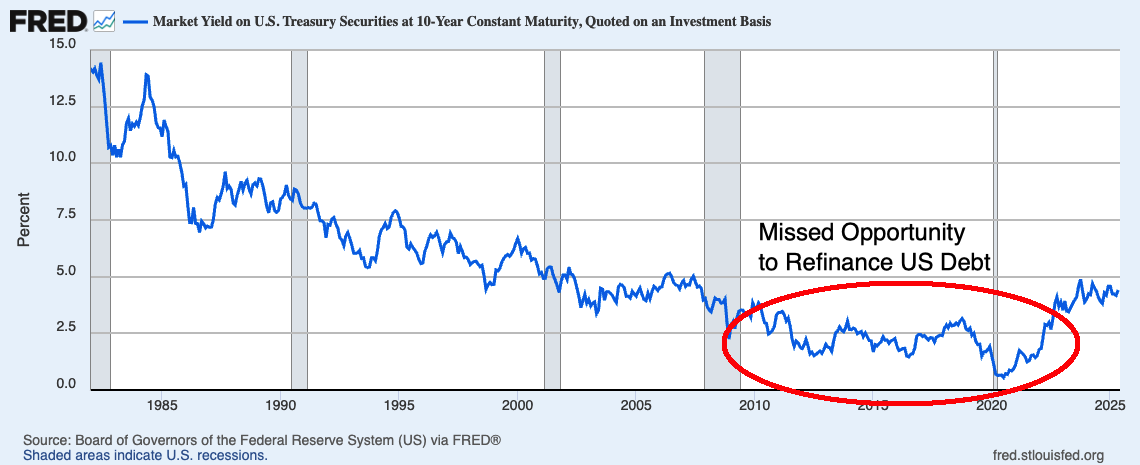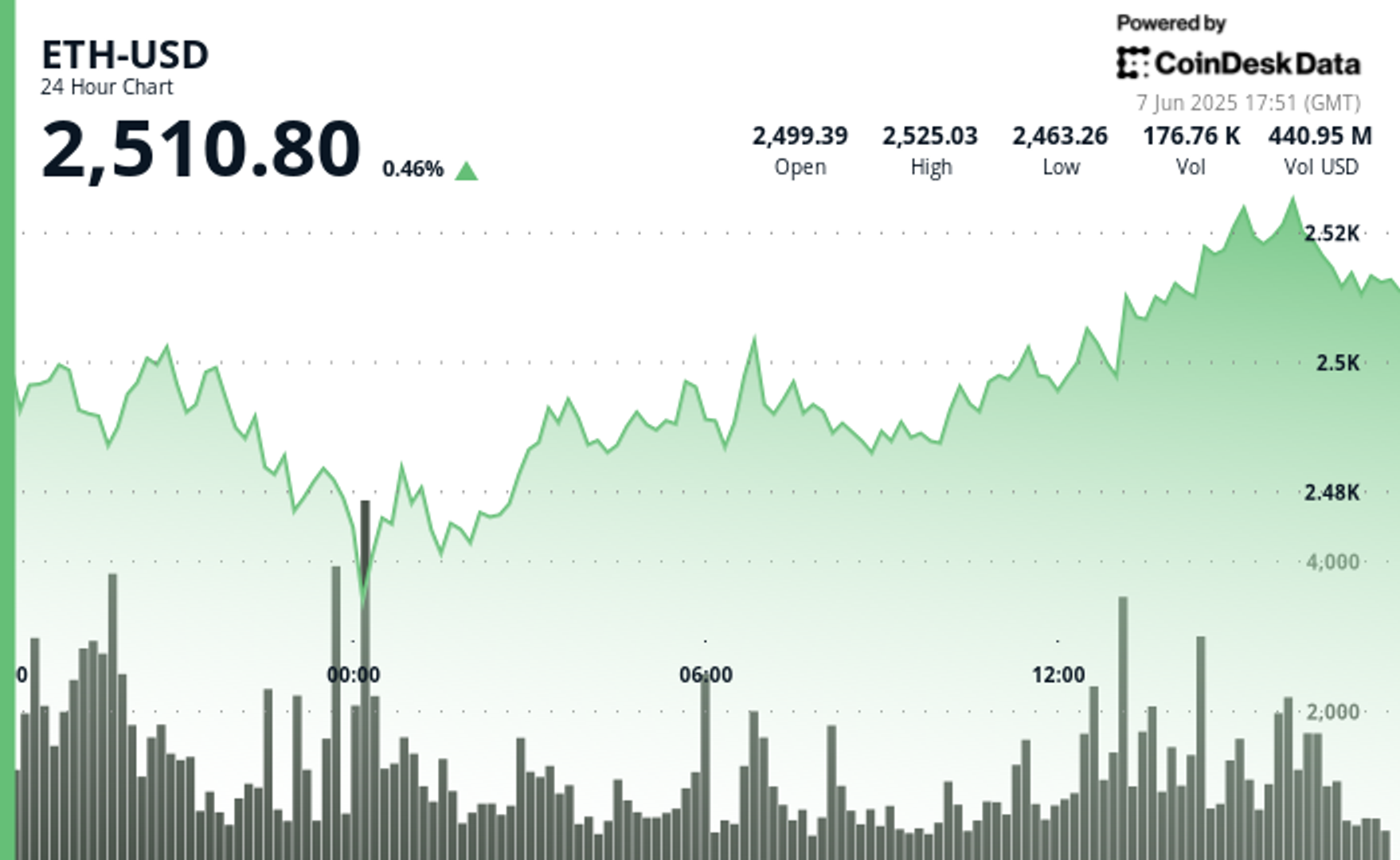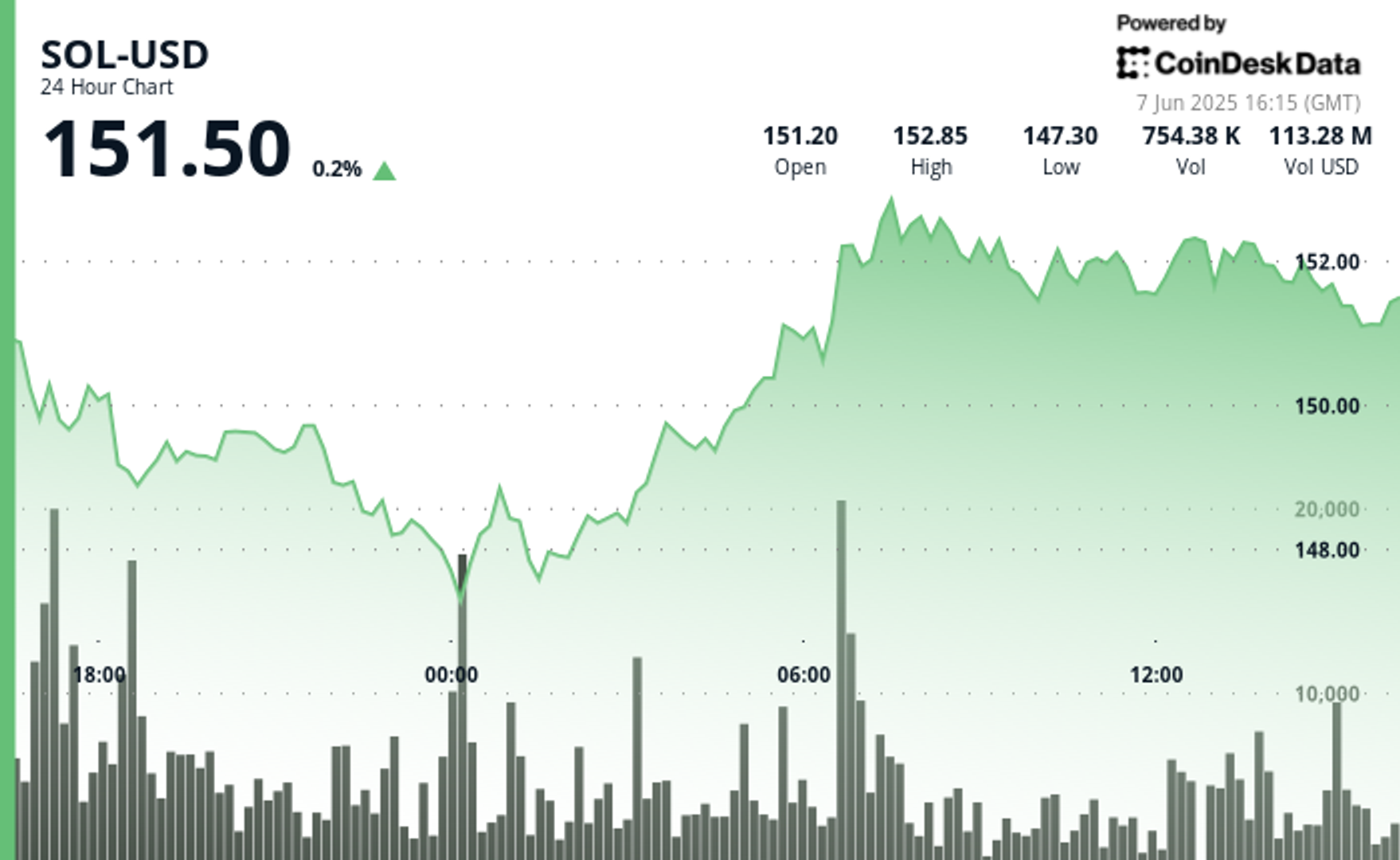The potential benefits of the ‘Japanese walking’ workout which fans claim is better than 10,000 steps a day
The latest trend making the rounds across TikTok and Instagram could have significant longevity benefits.

There have been numerous walking workout trends that have circled social media in recent years. It’s no wonder—walking has numerous benefits, including reducing heart disease risk, strengthening your joints and heart, boosting your mood, and potentially helping you live longer.
The latest trend making the rounds across TikTok and Instagram is known as “Japanese walking,” and one creator claims that in just 30 minutes, you’ll get 10 times the benefits of hitting 10,000 steps a day.
What is ‘Japanese walking’?
The workout originates from a 2007 study based in Japan where 246 participants were divided into three groups: no walking, moderate-intensity continuous walking (walking at a moderate effort and taking at least 8,000 steps per day four or more days per week), and high-intensity interval walking.
The third group, doing the high-intensity intervals, were instructed to walk slowly for three minutes, then walk quickly at a hard effort for three minutes, and repeat five or more times for four or more days per week. The researchers discovered that this group experienced noticeable improvements in strength, endurance, and decreased blood pressure, more so than the moderate-intensity continuous walking group. This workout is what’s now become known as “Japanese walking.”
The benefits of interval walking
Another study from 2018 observed participants who did this exact walking workout over the course of 10 years. They found that those who kept up with the workout for the duration of the study experienced a 20% improvement in their leg strength, and a 40% improvement in their peak exercise capacity.
The researchers concluded that those participants had protected against age-associated declines in physical fitness. Even those who weren’t able to maintain the workout for the full 10 years had those improvements partially preserved.
Since you’re getting your heart rate up during the harder walking intervals, your body gets the benefit of more moderate-to-vigorous intensity exercise. The Centers for Disease Control and Prevention recommends 150 minutes of moderate-intensity activity each week for most adults, or 75 minutes of vigorous-intensity activity—and pushing the walking pace every so often could help you reach that target.
Additionally, research shows that moderate-to-vigorous intensity activity is associated with lower risk of early mortality and improved cardiorespiratory fitness.
How to get started
For the higher-intensity intervals, your heart rate should be elevated to the point where you’re just starting to feel out of breath, but not at your maximum effort. The researchers consider this 70% of your max effort capability.
Meanwhile, the lower-intensity walking should be an easy effort, where talking is still comfortable.
Alternate walking at each intensity for three minutes until you reach 30 minutes. Incorporate this workout in your routine four times per week.
For more on walking:
- Walking is a super exercise. The truth about the number of steps you really need, and maximizing the benefits
- Walking faster may help you live longer. Experts say to aim for this pace
- Walking more could add as much as 11 years to your life, study says. Here’s how
This story was originally featured on Fortune.com




















































































































































































